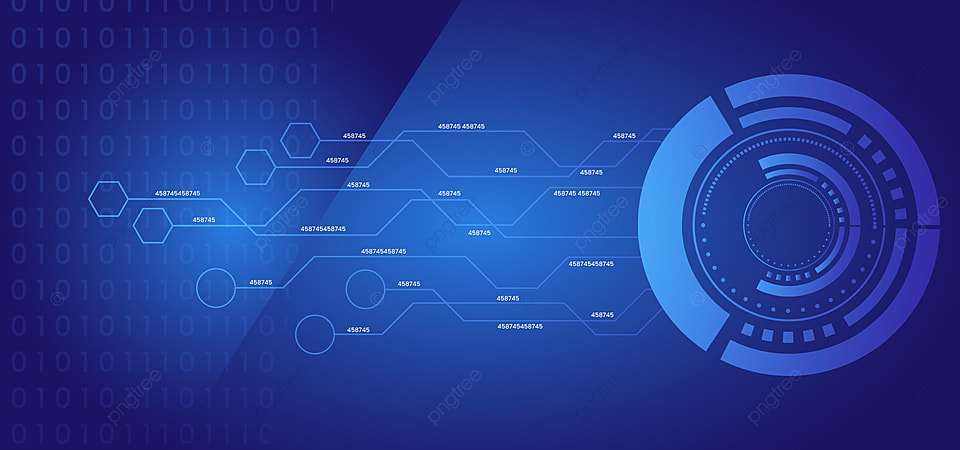The minimalist trend came to us quite recently and in a short time it has become a truly cult trend. If earlier it was fashionable to make colorful designs with a huge number of different graphics, now they are trying to simplify everything.
According to various studies, Internet users prefer minimalist designs with a clear structure, because they look more stylish and are easier to navigate and find the information you need.
This is reinforced by the fact that it is human nature to abstract from disorder in favor of simplicity and structure. The philosophy of minimalism is about this.
I must say that minimalism is relevant not only in the digital environment, but also in everyday life. Many large companies prefer minimalism in their products, and Apple is a prime example. Their logo, style, and devices are truly minimalist, yet elegant and aesthetic at the same time.
If earlier Apple were supporters of skeuomorphism, now everything has changed.
The essence of minimalism in web design is to create simple and clear interfaces without unnecessary elements, using simple geometric shapes.
As the French writer Antoine de Saint-Exupery said: “Perfection is achieved not when there is nothing to add, but when there is nothing to take away.”

What is characteristic of minimalism in web design:
- Free space
- Minimum number of colors and fonts used
- Concise and understandable forms
- Minimum amount of visual noise (gradients, shadows, graphics, etc.)
Benefits of Minimalist Design
Emphasis on the essentials. Minimalistic design helps to focus the attention of visitors on the really important information, thereby increasing the conversion of the site.
No mess. By removing the excess, the design acquires a clear and simple structure that is easily perceived by visitors.Fast site loading. Since minimalism excludes everything superfluous, the resource turns out to be “light” and therefore quickly loaded on the Internet. Thus, the conversion increases because visitors stay on the site.
Ease of development. The minimum set of elements and simple, concise forms are the key to fast and cheap development.
Many people think that working in a minimalist style is easy, but in reality this is far from the case. You need to have a good sense of taste and composition in order to create simple, understandable and convenient interfaces from a minimum number of elements.
For me personally, minimalism is not just a style, but a separate web design rule, along with the rules of composition, layout, typography, color, and others.
Brutalism in web design – a style with its own oddities
In general, brutalism has existed for a long time, but it has become mainstream only recently. If you take any site from the early 2000s, then to some extent you can say that most of them were made in the brutalist style.
Brutalism is a style of rebellion that goes against the established principles of UX UI design.
Basic principles:
- Challenging design
- Lack of composition logic
- Large fonts and unreadable labels
- Lack of storytelling
- Crazy Design Solutions
- Lack of alignment and visual appeal
Yes, yes, all this is brutalism. Of course, it cannot be taken seriously, because if you make a site or applications for large masses in a similar style, then no one will use it. Just because there will be completely absent elements of convenience.
This style is used by designers just for fun and expressing their “creativity”. After all, sometimes it is boring to do the same type of projects. Therefore, the soul asks for self-expression and departure from boundaries and frames.
In web design, this style comes from architecture. There is a whole trend that originated in the 50s of the last century, immediately after the Second World War. Brutalism was characterized by simplicity, primitive forms and materials. It is understandable, because after the war there were no forces, time and resources for architectural delights.

Neomorphism in web design – everything new is well forgotten old
It’s even better to say here that neomorphism is a style of UX UI design, not web design, because it is mainly used in mobile applications. Neomorphism is the trending style of 2020, but by and large, it is good old skeuomorphism, just a little “modernized”. All the same convex design elements that, to some extent, repeat objects from real life.
The only difference is that when creating neomorphism, only shadows are used. All bulges are shadow work. Of course, neomorphism visually looks much “cleaner” than skeuomorphism, but the principles are about the same.
Neomorphism is not some kind of breakthrough and unique style, because back in the early 70s, the Italian designer Mario Bellini invented a physical tool with a similar “interface”.
As you can see, it is very similar to modern neomorphism. All these styles appear only from the fact that some designers get bored and they give free rein to their creativity.
Is it possible to apply neomorphism in real projects? In my opinion, no, because it has one significant drawback – poor contrast. This goes against the principle of accessible design and the principle of contrast and hierarchy.
